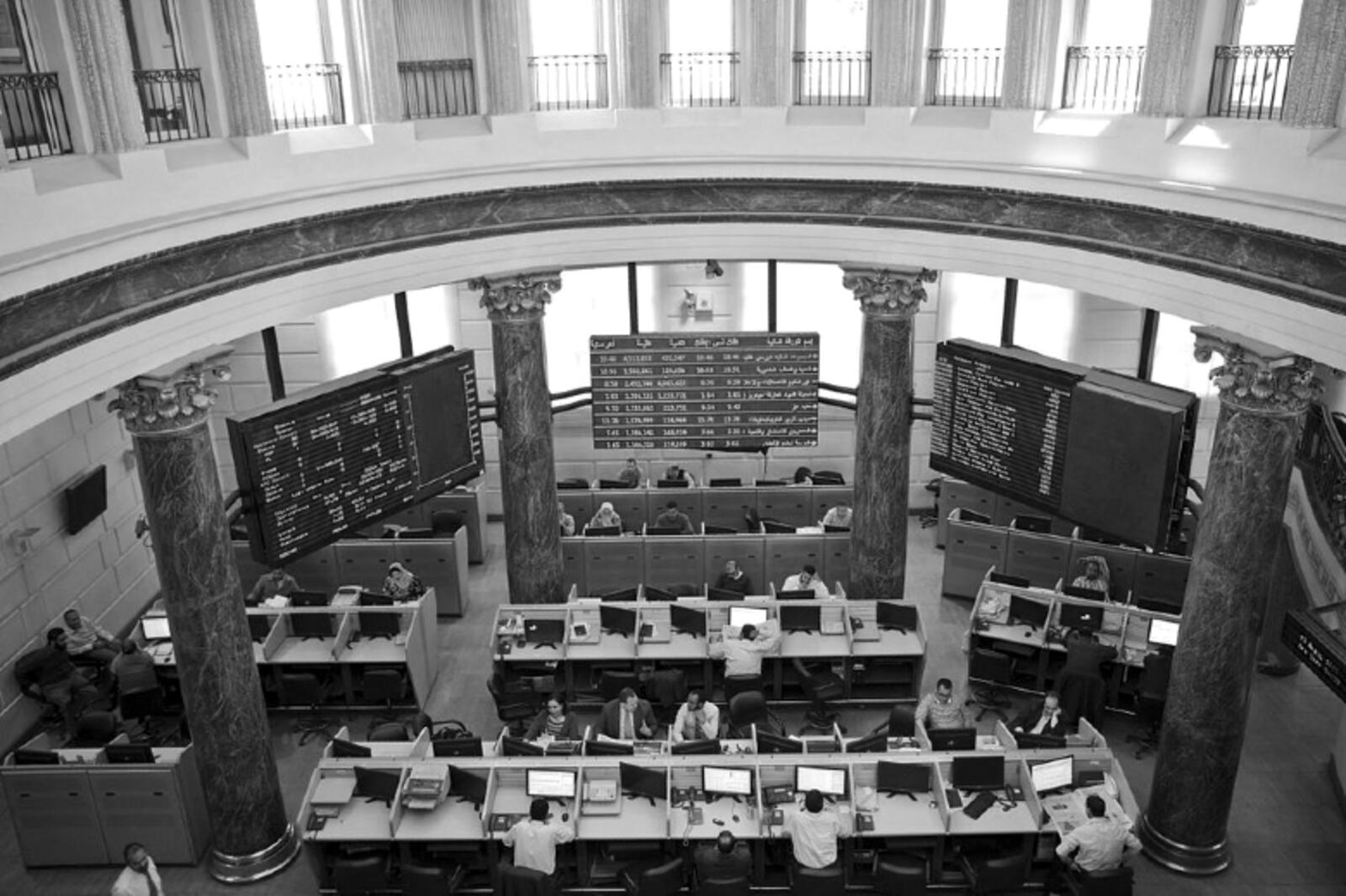FRA expands caps on margin trading

FRA expands caps on margin trading: The Financial Regulatory Authority (FRA) issued a decision on Thursday setting new caps on margin trading of shares of listed companies — and from what we’re seeing, it appears the authority has expanded them from its previous proposals. Newly released regulations would not permit any single investor or related party to purchase on margin more than 3% of a company’s market cap or 5% of its freefloat shares, whichever is higher.
No single company would be permitted to have over 15% of its outstanding shares held on margin, or 30% of its publicly-traded shares, whichever is higher. In its April proposal, the FRA had suggested that it would limit freefloat shares held on margin to 25%.
The FRA gave a bit more slack compared to what was previously proposed: In its previous proposal the FRA had wanted to limit a single investor’s margin trading cap at 1% of the company’s market cap or 2% of its freefloat shares. The proposal initially wanted to limit a single company to having a maximum of 15% of its outstanding shares held on margin or 25% of its publicly-traded shares, whichever is higher. Investors would also have had to limit margin trading to 1% of a company’s market cap or 2% of shares on freefloat.
Why is this happening? It’s all about risk management. While policymakers are encouraging margin lending, the steep increase in using borrowed funds has tripped a wire at the regulator. The latest decision aims to place limits on concentration risk while implementing measures designed to avoid a market crash thanks to back-to-back margin calls.
Still unsure of what margin trading is? Check out our explainer which took a deep dive into the topic earlier this year.